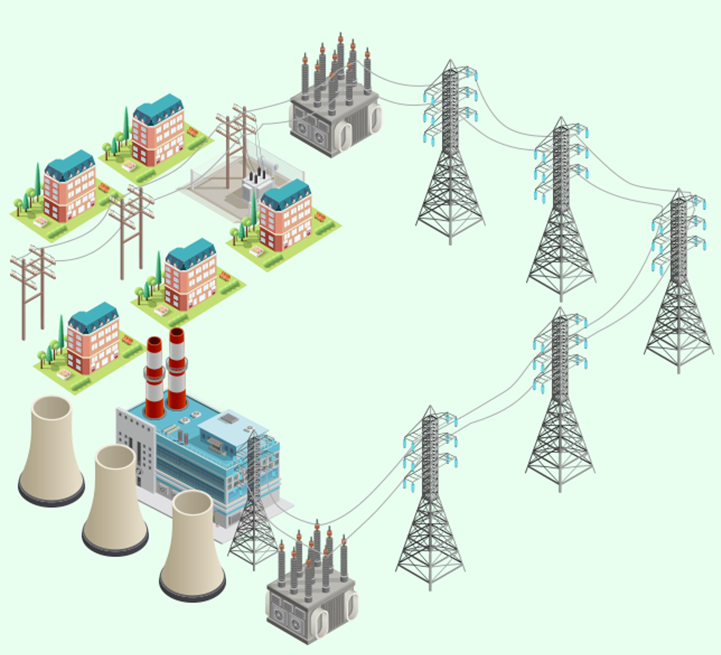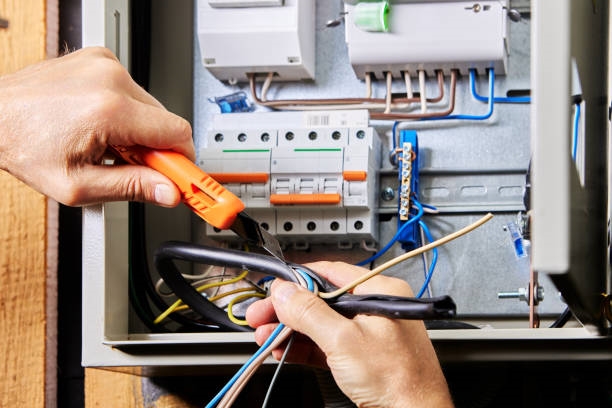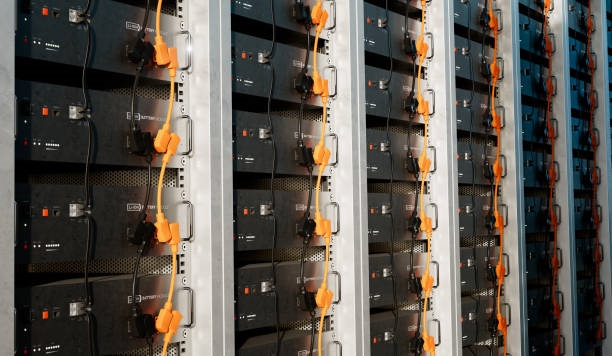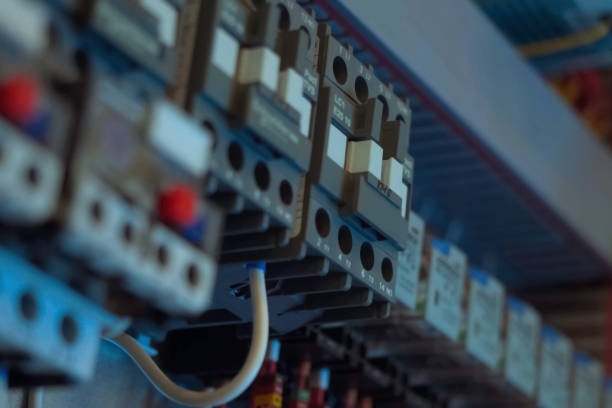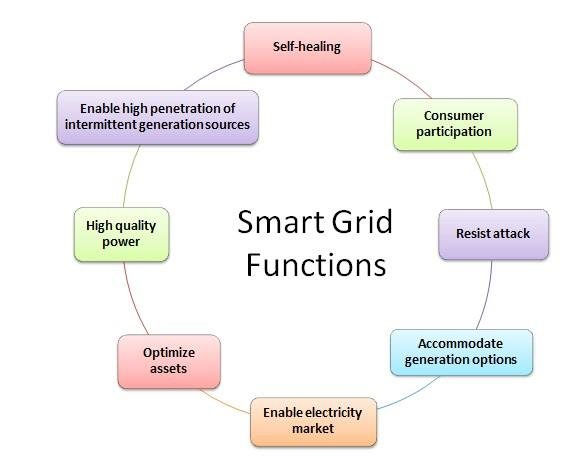Overview
Since the early 1990s, several international electrical manufacturers began combining distribution monitoring and control with microelectronics, computer technology, and network communications. They developed intelligent distribution switchgear and related products with communication, monitoring, and control functions, forming the initial distribution monitoring systems and contributing to the smart grid concept.
An intelligent distribution system is the customer-side portion of the smart grid, covering medium-voltage to low-voltage distribution. It generally refers to systems from medium voltage (6 to 35 kV) down to low-voltage distribution. As the equipment and systems that directly serve end users, low-voltage intelligent distribution technologies have been developed and adopted later than medium- and high-voltage distribution systems such as microcomputer-based comprehensive protection.
Terminal Technologies
Terminal devices for intelligent distribution systems include intelligent meters, intelligent switches, intelligent modules, or combinations of these. Because intelligent meters are relatively low-cost, they remain the most widely used terminal device in many projects. However, systems composed solely of meters typically offer monitoring only and therefore do not constitute fully intelligent distribution systems.
There is not yet a single unified technical standard for intelligent distribution systems. Currently, at the user end, medium-voltage systems (35 kV and below) mainly use microcomputer-based comprehensive protection devices and intelligent power meters, while low-voltage systems mainly use networks composed of intelligent circuit breakers, intelligent meters, and intelligent control modules.
Main Technical Routes
An intelligent distribution system is a complex system that spans multiple technical domains. Its main technical routes include:
- Internet of Things (IoT) technology: Use sensors, IoT gateways, and other devices to monitor and collect distribution system parameters in real time, then transmit data to cloud platforms for processing and analysis.
- Data analysis: Apply big data analytics, data mining, and machine learning to analyze, model, and predict collected data, enabling monitoring and optimization of operating status, load demand, power quality, and line losses.
- Intelligent control: Use intelligent terminals and controllers to implement automated control and regulation of the distribution system, achieving dynamic load balancing, voltage stabilization, intelligent switching, and protection.
- Energy storage: Use batteries, supercapacitors, and similar devices for energy storage and peak shaving to take advantage of price differences and improve supply reliability.
- Blockchain technology: Apply blockchain to support information processing, automation, and decentralization in electricity markets, improving transaction transparency and market efficiency.
Key Technical Components
Further technical components required for intelligent distribution systems include:
- Data acquisition: Real-time monitoring of power equipment across the grid using hierarchical acquisition, wireless transmission, data fusion, and other techniques to obtain real-time data at each node.
- Data processing: Collected data must be cleaned, stored, and analyzed. Data processing and data mining techniques are needed to improve data quality and utilization efficiency.
- Decision-making algorithms: Intelligent decision-making leverages data mining and artificial intelligence to build models and algorithms that enable reliable operational decisions, resource optimization, and planning.
- Hardware: Deployment of intelligent power devices such as smart meters, intelligent switches, and remote telemetry and control devices, with communication technologies to support remote communication, data collection, control, and management.
- Cloud computing: Cloud platforms provide unified management for data, models, and algorithms, supporting distributed architectures and intelligent management decisions while increasing compute and storage capacity.
- Big data analytics: Use big data methods to aggregate and analyze data, derive operational patterns, predict future trends, and enable optimized management.
Summary
In summary, intelligent distribution systems require integration of data acquisition, data processing, intelligent decision-making, hardware, cloud computing, and big data analytics to achieve unified data management, improved data quality and utilization, coordinated operation, and higher distribution efficiency.
 ALLPCB
ALLPCB



